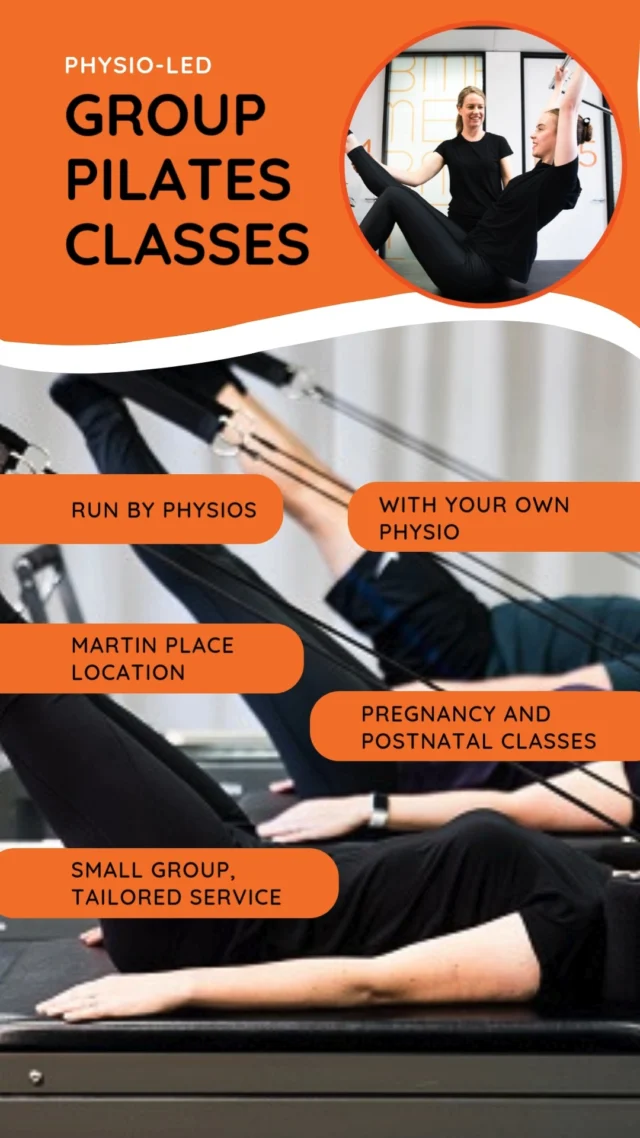The acromoiclavicular (AC) joint is located at the top of your shoulder between the collarbone and your shoulder blade. This joint plays an important role in allowing overhead arm movements and arm movements across the body. The AC joint helps transmit forces from the arm to the body when doing lifting, pushing and pulling type activities. When the two bones forming the AC joint are impacted as a result of trauma or force, the ligaments holding the joint together can become “stretched” or torn. When a separation occurs between the acromion of the shoulder blade and distal end of the collarbone a ‘step’ separation can occur. This separation is known as an AC joint sprain, the degree of separation will be classed from a grade 1 (minimal joint disruption) to a grade 3 (severe joint disruption).
AC joint sprains are usually caused from direct trauma to the joint such as collision in a rugby tackle, however it can also happen indirectly from falling onto an outstretched hand – the force is transmitted up through the arm which causes a stretch or tear of the ligaments holding the joint together.
If you sustain an AC joint injury, some of the symptoms can include:
– pain on top of the shoulder, usually quite tender to touch
– pain in the AC joint with overhead and across the body movements
– swelling
– reduced shoulder movement
– sometimes the AC joint will sit higher when compared with the uninjured side – “step”deformity
Sometimes an x-ray will be required to clear any fractures of the shoulder blade and collarbone that make up the AC joint. Due to the nature of most of the injuries, the large force can cause fractures, this is usally indicated by pain felt during the night and severe tenderness over the bone. X-rays can also be used to determine the degree of separation by having the injured individual holding a weight in their injured hand whilst being x-rayed, as it will display the AC joint instability.
AC joint injuries can settle within a few days to a couple of months, depending on the severity and complications incurred in the initial injury. Physiotherapy treatment for an AC joint injury can include:
– RICER in the initial stages, this includes; Resting the arm, Icing the arm, Compression and Elevation of the joint, and Referrals for to any other medical and health profressionals
– use of a sling, taping or bracing that unloads the AC Joint by reducing the weight of the arm
– avoiding aggravating activities and movements of the arm
– improving the pain-free shoulder range of movement
– strengthening muscles of the shoulder
– improving upper limb perception of movement and spatial orientation
– minimise recurrence
– make a splint/guard for return to contact sports such as Rugby
In more severe cases surgery may be required to repair the AC joint or to repair the damaged ligaments.
If you’ve sustained a shoulder injury in the past or recently, book an appointment with one of the Sports Physiotherapists at Bend + Mend in Sydney’s CBD today to ensure your shoulder can return to full function and strength.





